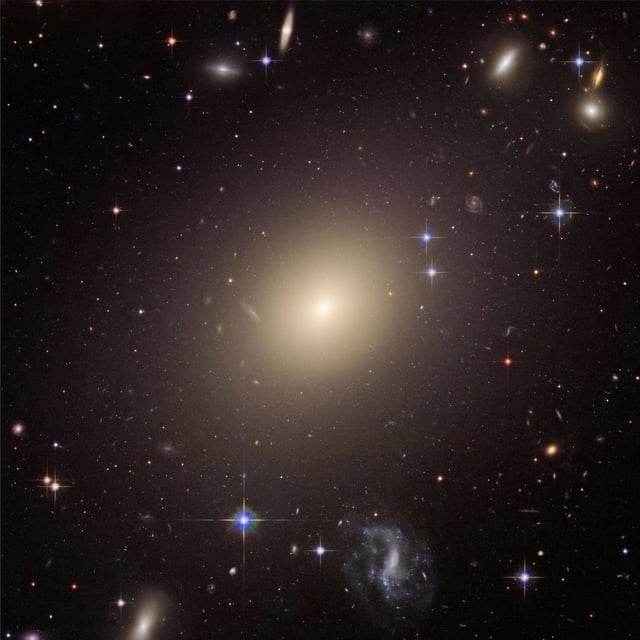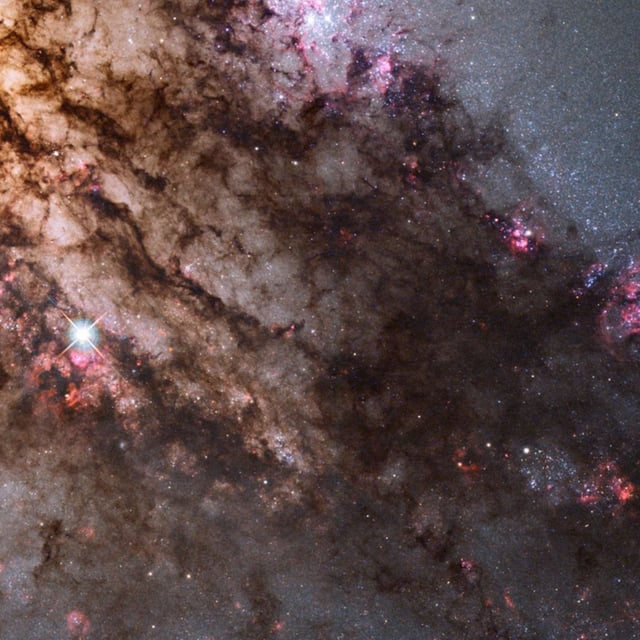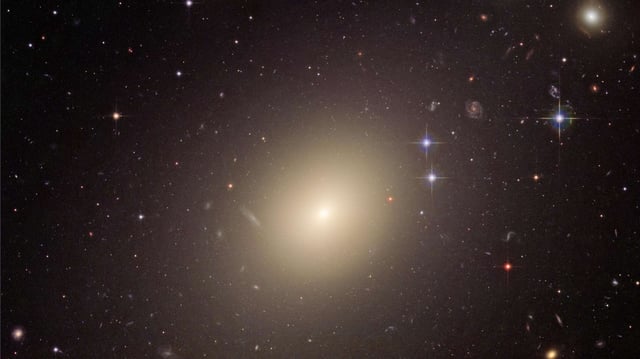Overview
- Researchers Pavel Kroupa and Eda Gjergo propose that the cosmic microwave background (CMB) may not be a relic of the Big Bang or has been significantly overestimated in strength.
- Their study calculates that at least 1.4%—and potentially all—of the observed CMB could originate from the intense stellar emissions of massive elliptical galaxies formed shortly after the Big Bang.
- By analyzing galaxy separations and universal expansion rates, the team dated the formation of these galaxies to just a few hundred million years after the universe began.
- The findings suggest that these early galaxies emitted light so bright that its residual radiation could still be measurable today.
- Published in *Nuclear Physics B*, the study raises questions about the validity of the standard cosmological model and calls for a reevaluation of cosmic history.


